Japan has just announced a breakthrough solar panel that can generate the same amount of electricity as 20 nuclear reactors.
Will produce and deploy super solar cells on a large scale
Perovskite solar cells (PSCs) are a breakthrough in solar energy technology. These advanced materials have outstanding light-to-electricity conversion efficiency, even in low-light conditions.
PSCs also have the advantage of being lighter and more flexible than traditional silicon panels. Therefore, they can be applied to many non-standard surfaces, opening up countless potentials for integrating solar technology into urban infrastructure.
Super panels are also more efficient at generating electricity even when sunlight is limited, making PSCs an ideal choice for densely populated areas where traditional solar panels face space and efficiency challenges.
As Japan faces unique challenges in expanding renewable energy due to limited land and dense urban environments, this breakthrough technology could tap into the enormous energy potential in urban areas, turning high-rise buildings, car roofs, streetlights... and even small appliances into huge sources of renewable energy.
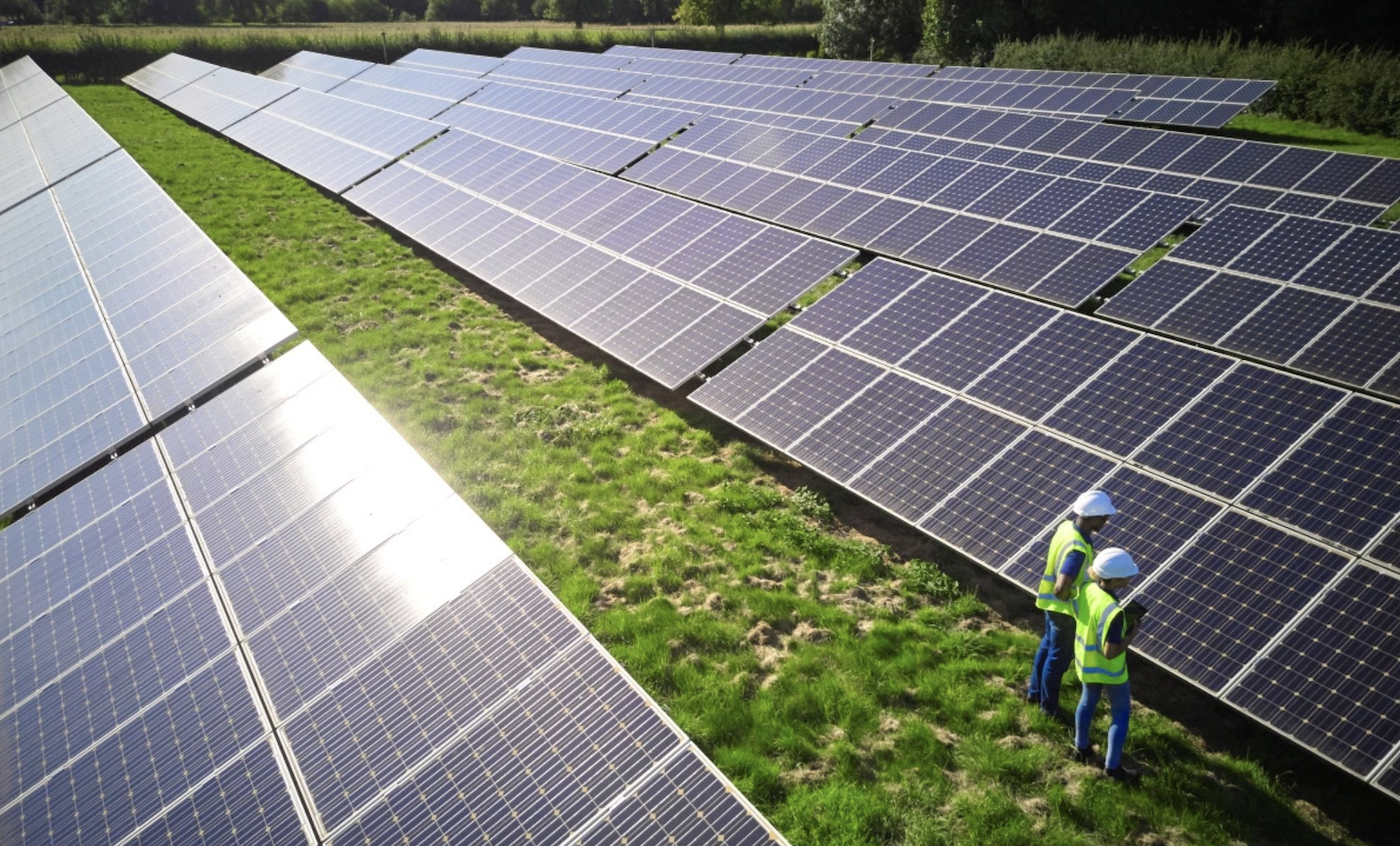
Furthermore, PSCs can be easily integrated into hybrid systems, combining solar and wind power to improve energy efficiency.
Notably, Japan aims to expand the production and deployment of PSC batteries on a large scale, with plans to reach 20GW of solar power capacity by 2040. This figure is equivalent to 20 nuclear reactors, contributing significantly to global efforts in the fight against climate change.
Changing the game in renewable energy
Since the 2011 Fukushima nuclear disaster, Japan has made significant strides in reducing its dependence on fossil fuels and nuclear energy.
Solar power is now accounting for an increasingly large proportion of the country’s total electricity output. The advent of perovskite solar cell technology is expected to accelerate this trend, and is in line with Japan’s ambitious goals of achieving net zero emissions by 2050.
The Japanese government aims to increase the proportion of renewable energy use to 38% of total energy consumption by 2030, in which advanced solar energy technology will play a key role.
By investing heavily in the production and deployment of PSCs, Japan not only accelerates the energy transition but also contributes to reducing dependence on imported energy sources and enhancing energy security. Thereby, affirming its pioneering position in the race to innovate renewable technology and leading the global renewable energy market.
In particular, the development of super solar panels is a testament to Japan's commitment to fighting climate change and building a sustainable future.
The advent of perovskite solar cells also marked a major milestone in the development of solar technology. The ability to generate electricity efficiently and adapt to a wide range of applications makes PSCs a game-changer in the renewable energy industry.
In the coming decades, PSCs are expected to become cheaper and more durable, paving the way for widespread adoption in both households and businesses.
Japan’s super solar panels are not only a technological breakthrough, but also represent a shift in how renewable energy is integrated into everyday life. By optimizing urban energy harvesting and reducing carbon emissions, the technology has the potential to reshape the global energy landscape. As costs continue to fall and production scales up, PSCs could help bring clean, renewable energy to millions of people around the world.
Accordingly, Japan's solar energy revolution not only solves the domestic energy problem but also charts a path for sustainable innovation for the world.
(According to IDR)
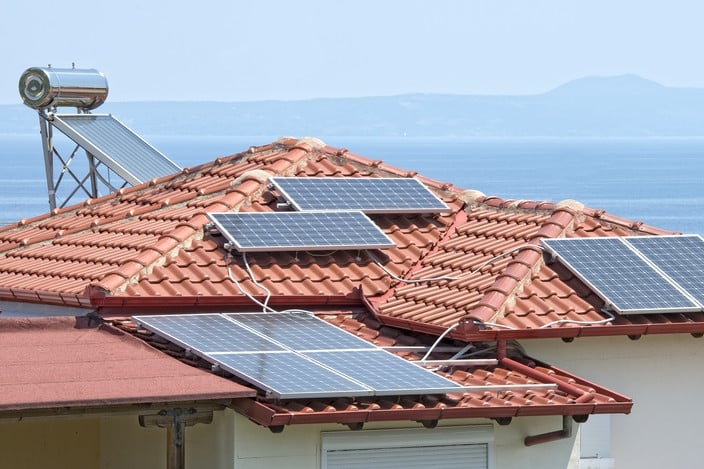
Source: https://vietnamnet.vn/sieu-tam-pin-mat-troi-tao-luong-dien-bang-20-lo-phan-ung-hat-nhan-2372275.html


![[Photo] Prime Minister Pham Minh Chinh chairs meeting after US announces reciprocal tariffs](https://vstatic.vietnam.vn/vietnam/resource/IMAGE/2025/4/3/ee90a2786c0a45d7868de039cef4a712)
![[Photo] Ho Chi Minh City speeds up sidewalk repair work before April 30 holiday](https://vstatic.vietnam.vn/vietnam/resource/IMAGE/2025/4/3/17f78833a36f4ba5a9bae215703da710)
![[Photo] A brief moment of rest for the rescue force of the Vietnam People's Army](https://vstatic.vietnam.vn/vietnam/resource/IMAGE/2025/4/3/a2c91fa05dc04293a4b64cfd27ed4dbe)
![[Photo] Prime Minister Pham Minh Chinh chairs the first meeting of the Steering Committee on Regional and International Financial Centers](https://vstatic.vietnam.vn/vietnam/resource/IMAGE/2025/4/3/47dc687989d4479d95a1dce4466edd32)
![[Photo] General Secretary To Lam receives Japanese Ambassador to Vietnam Ito Naoki](https://vstatic.vietnam.vn/vietnam/resource/IMAGE/2025/4/3/3a5d233bc09d4928ac9bfed97674be98)
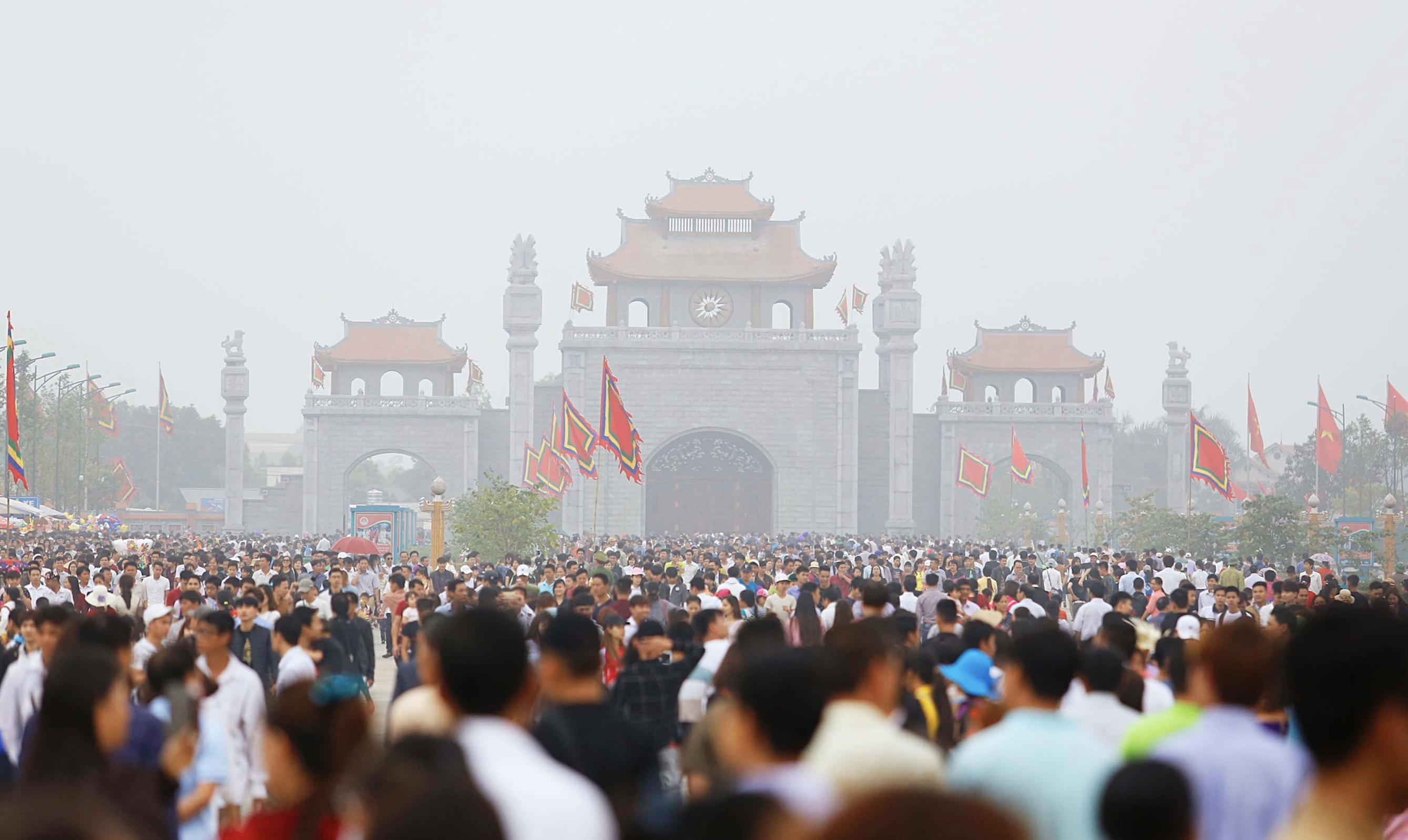
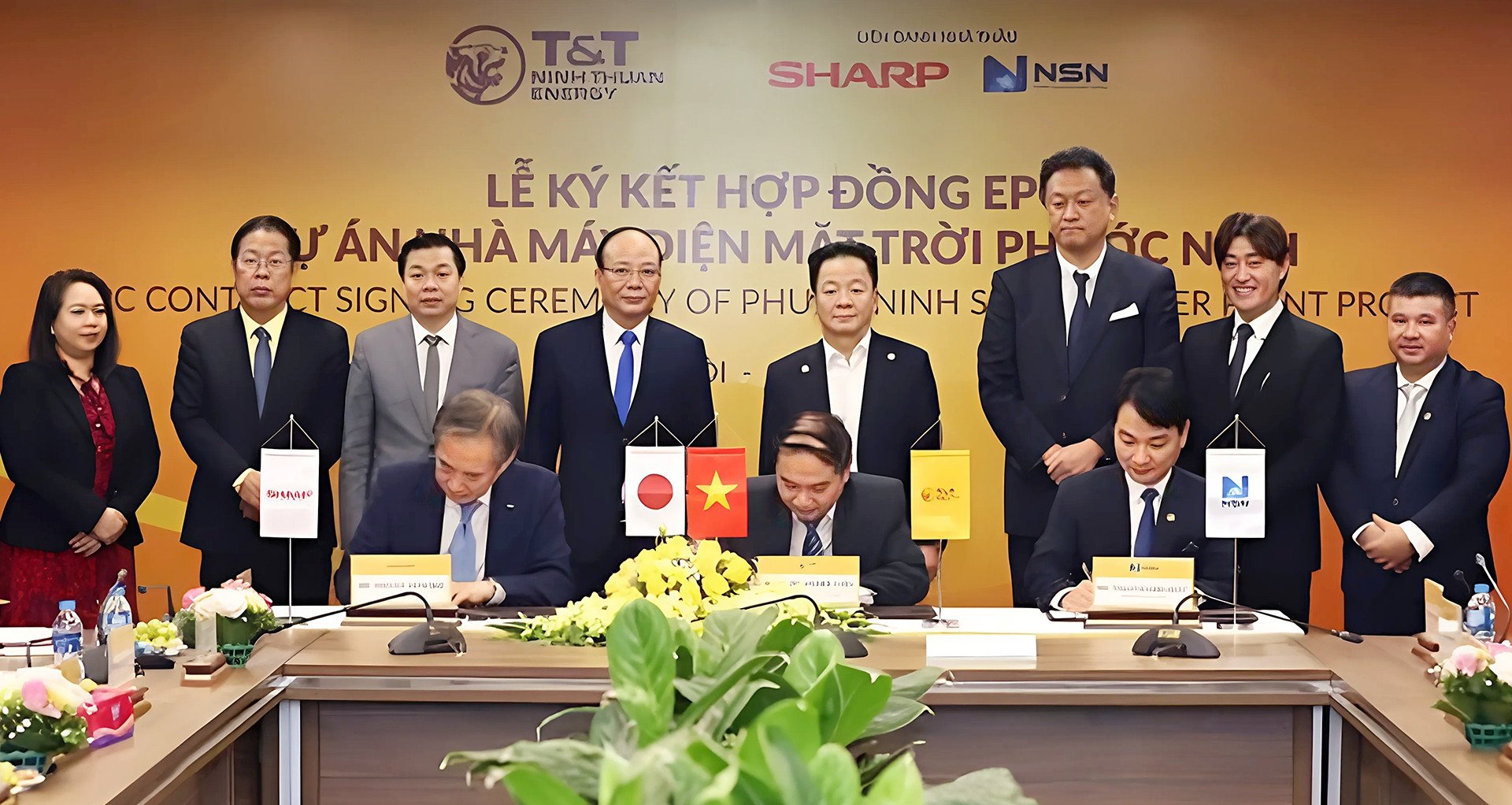






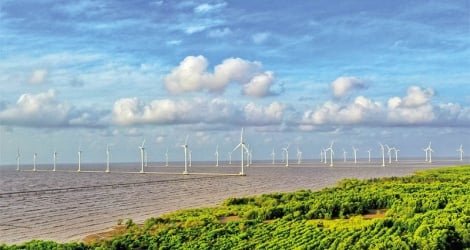
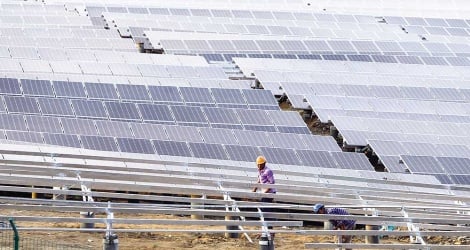

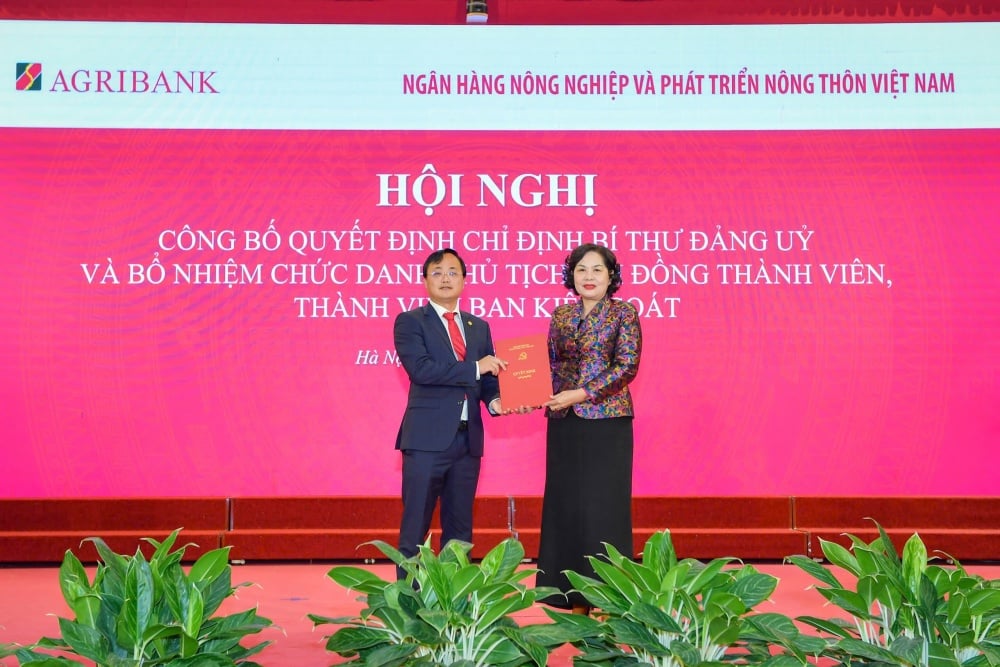
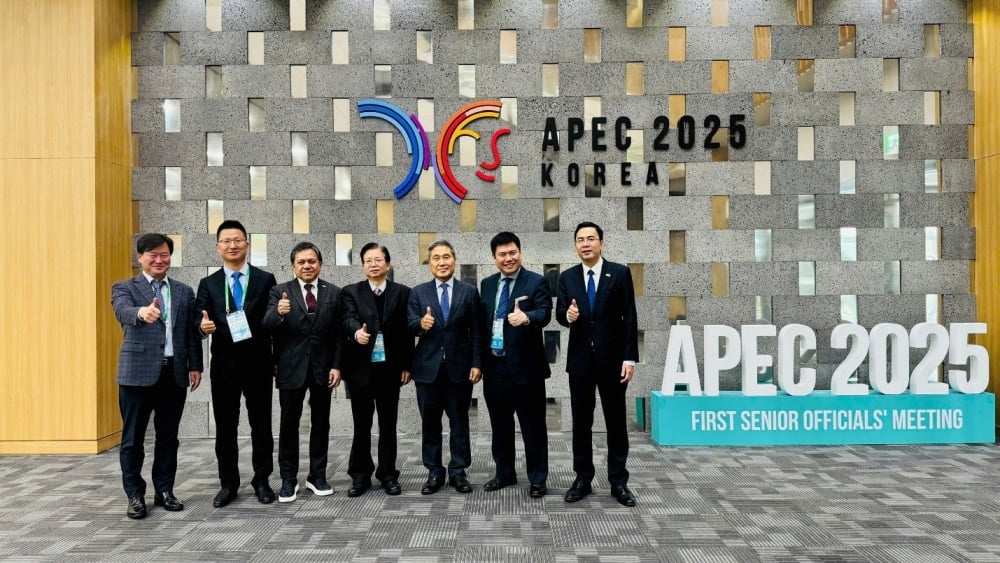
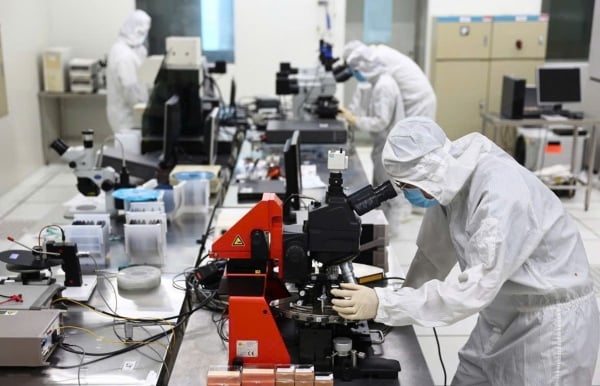








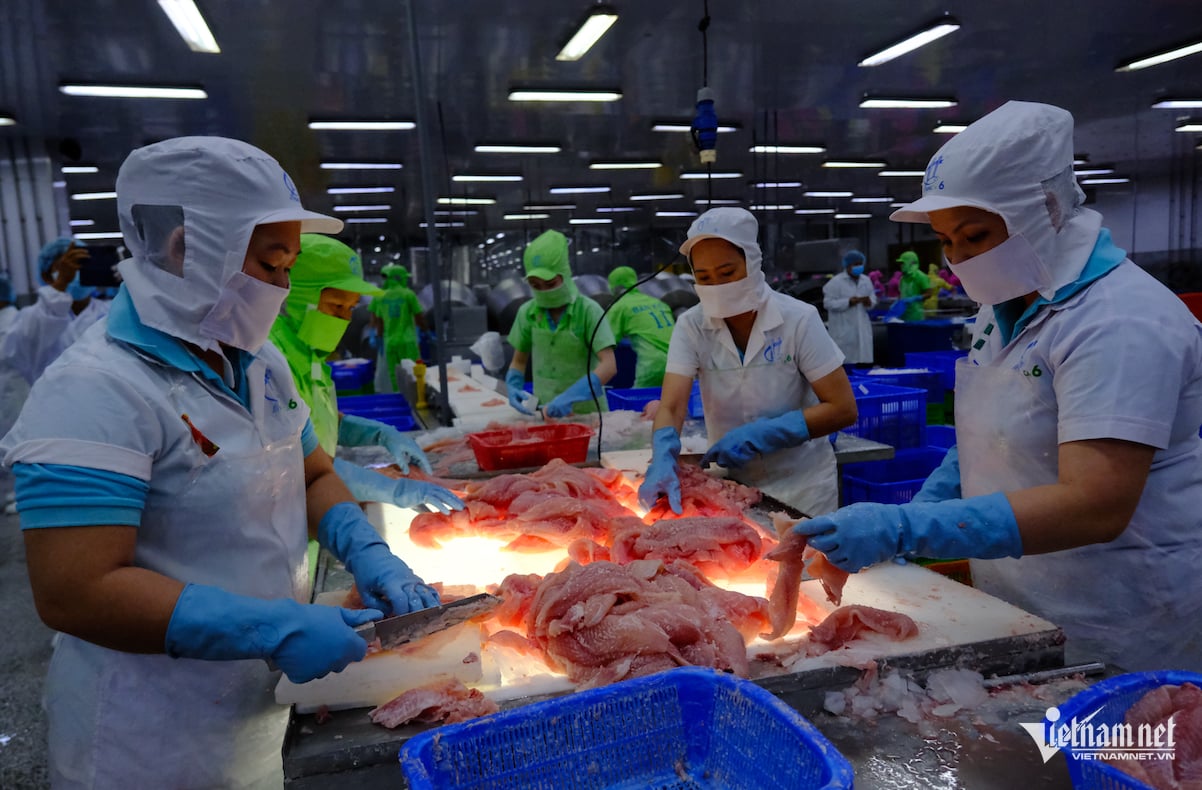

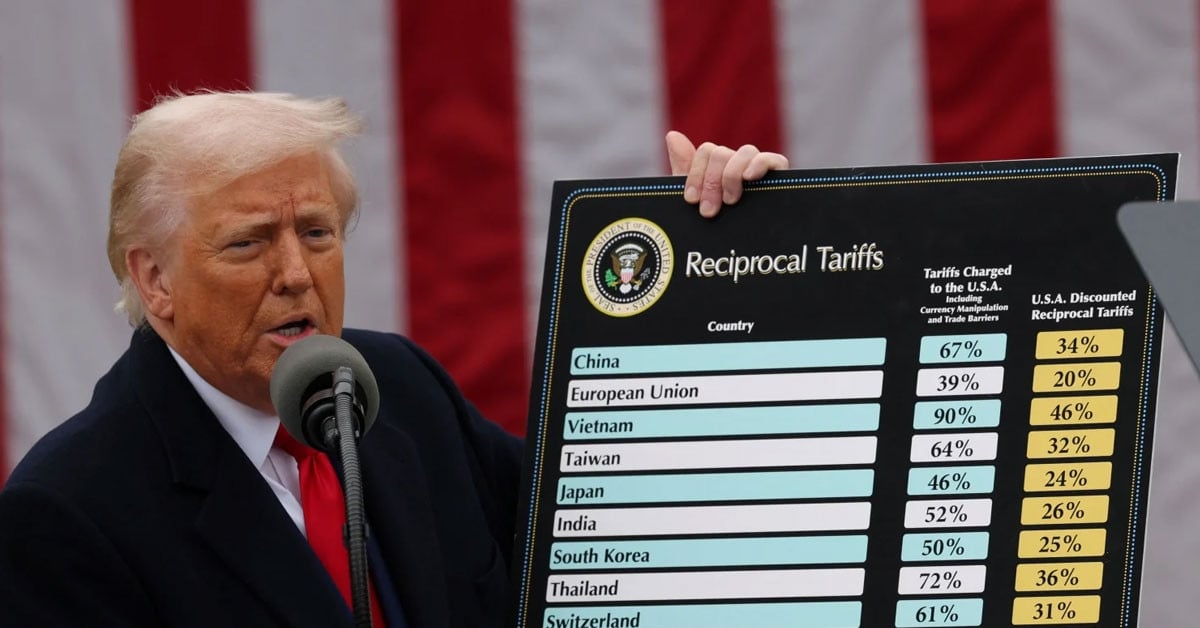





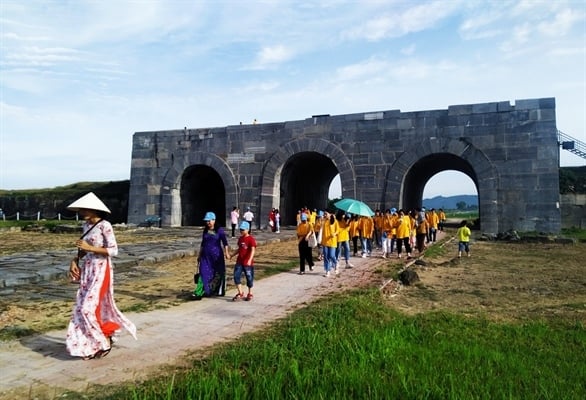









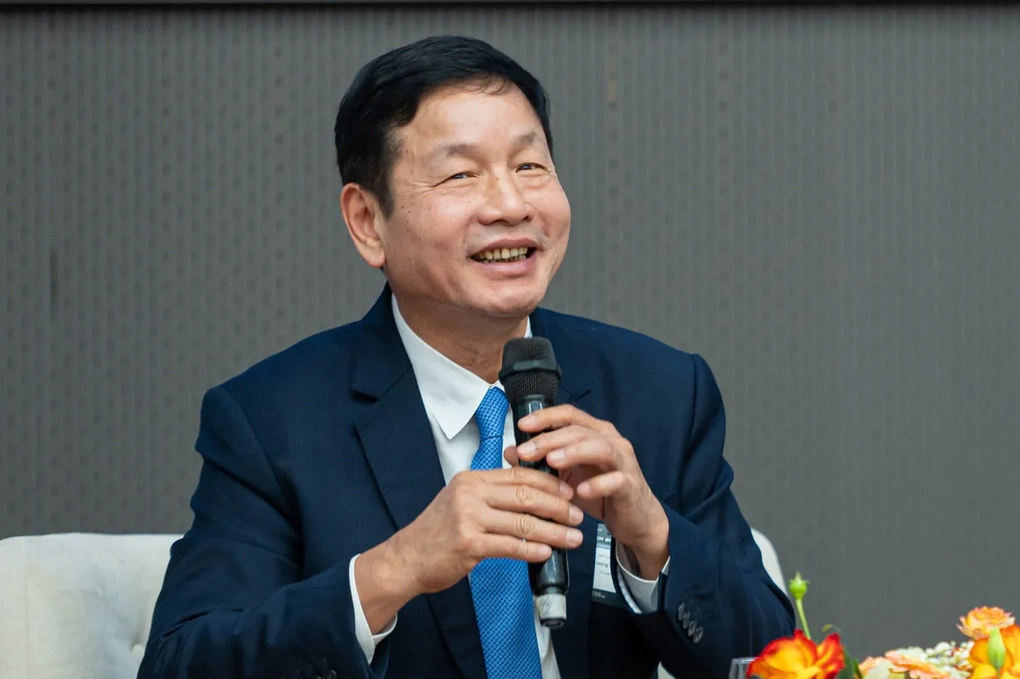



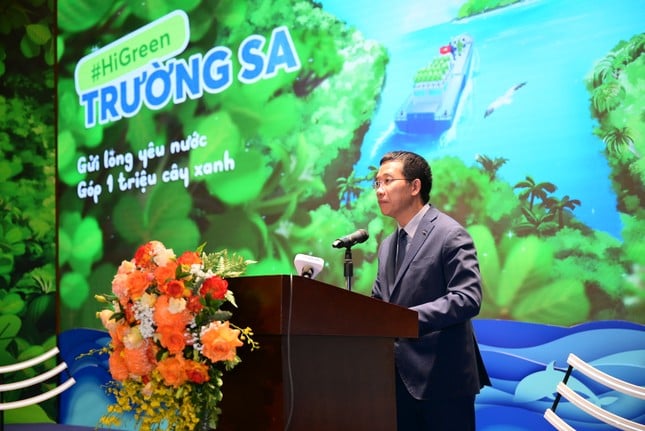












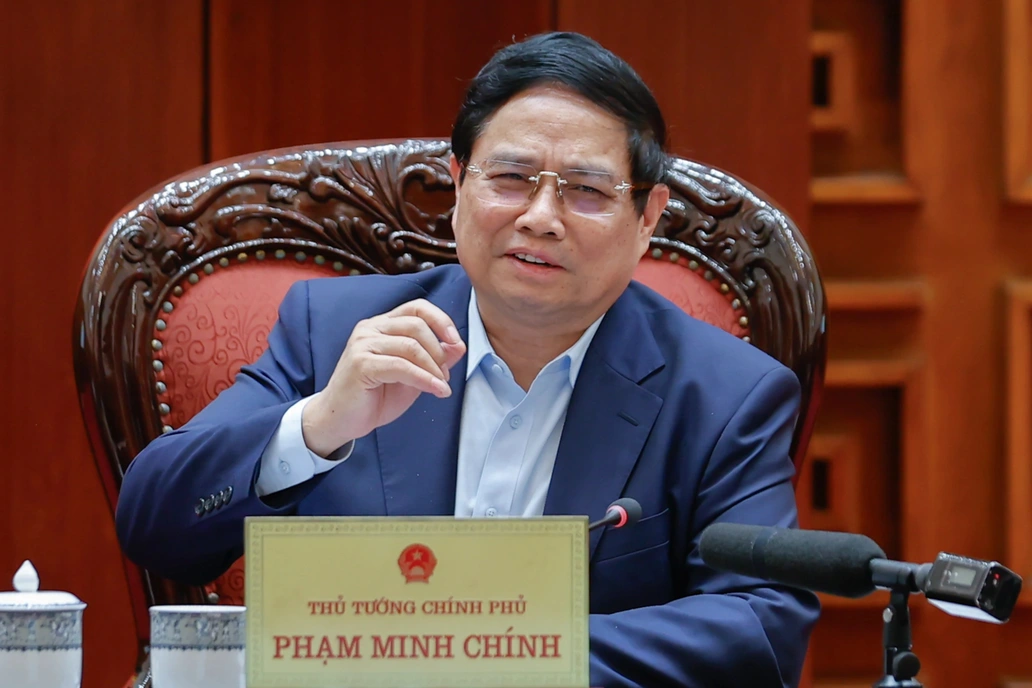



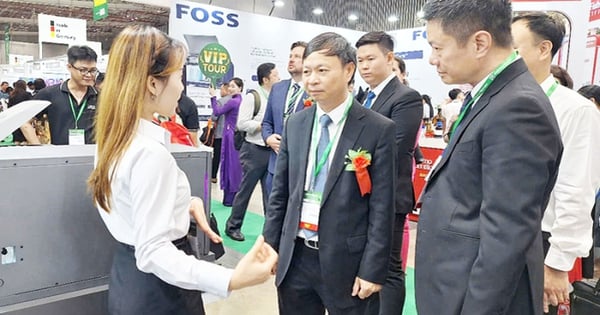

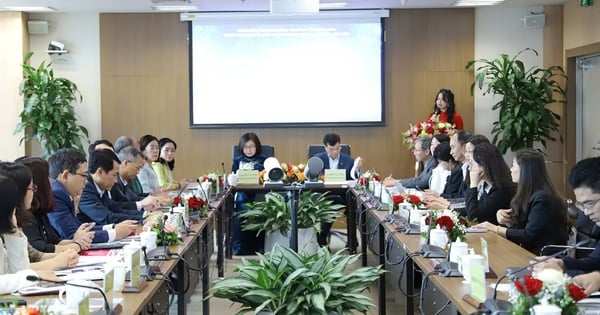




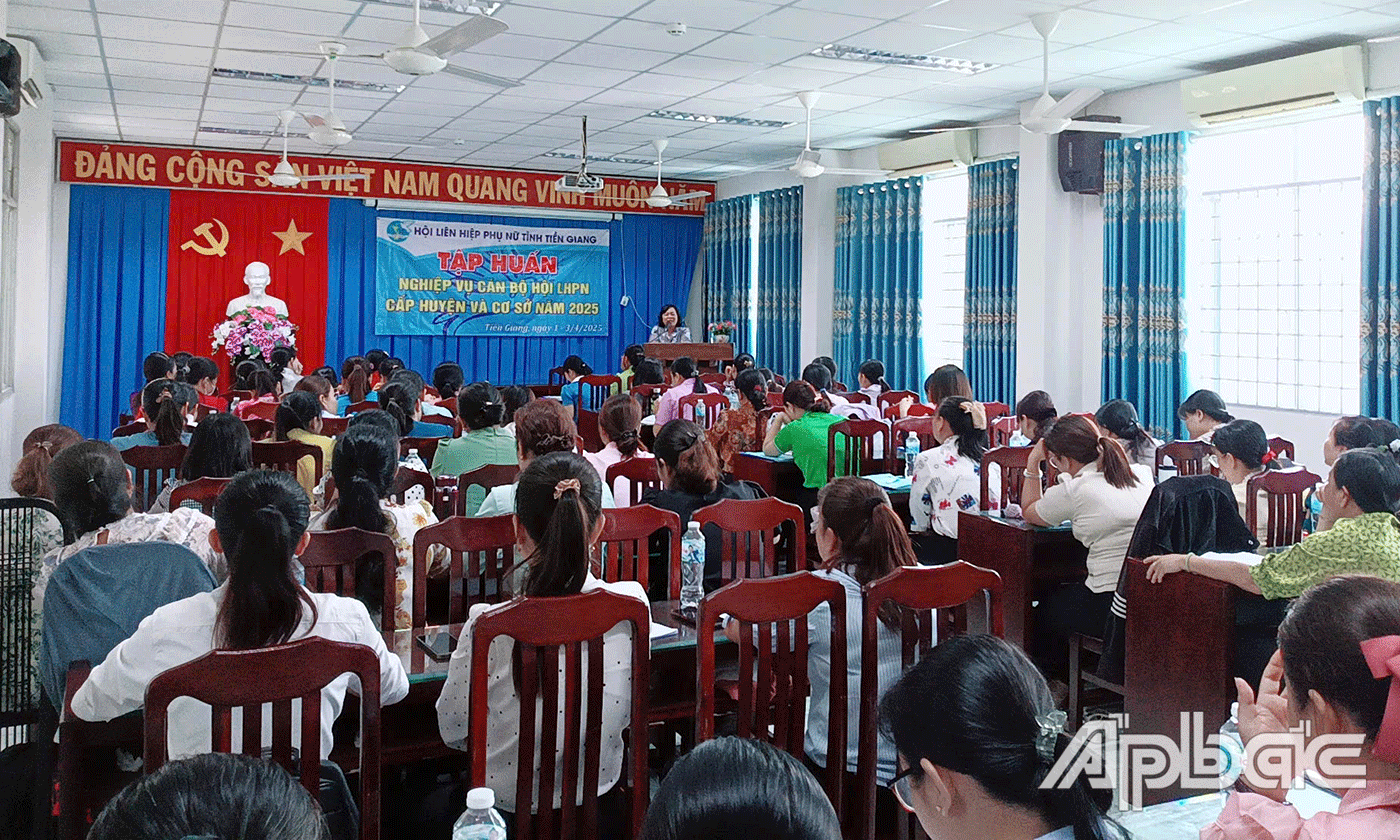



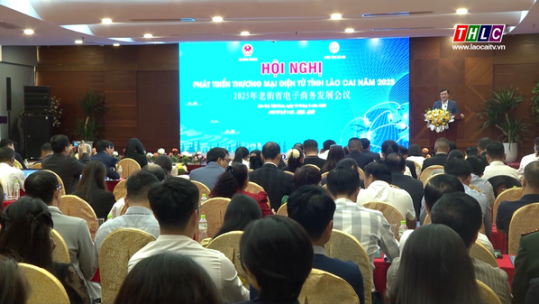
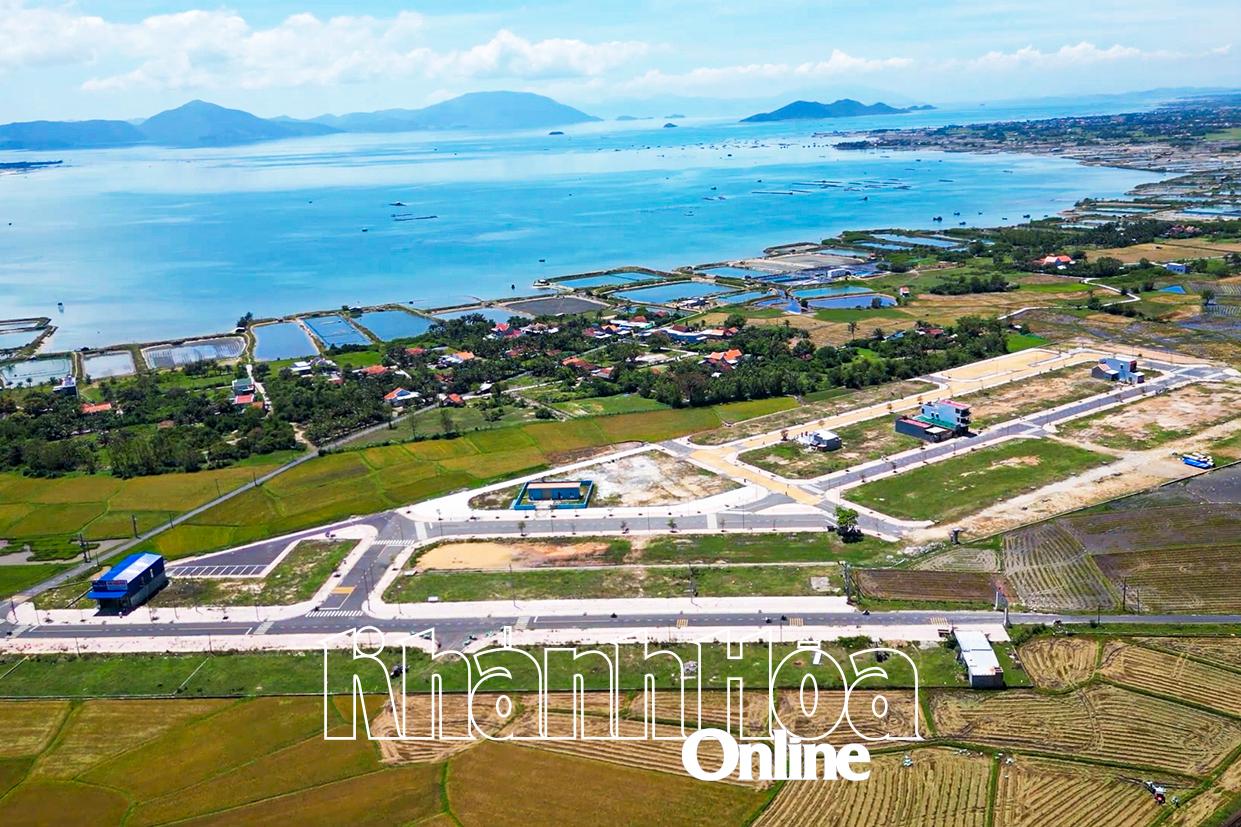

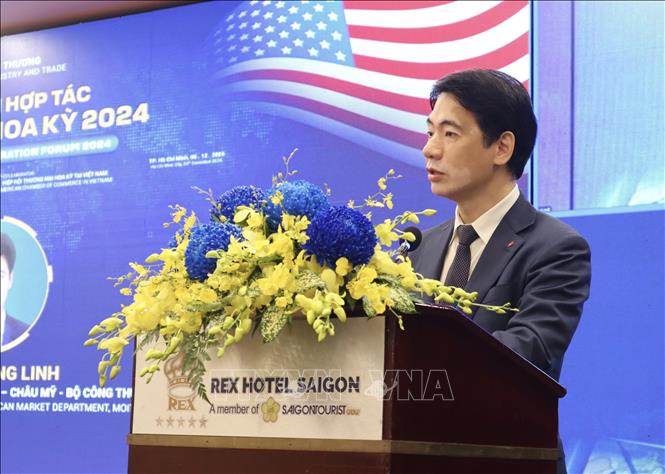
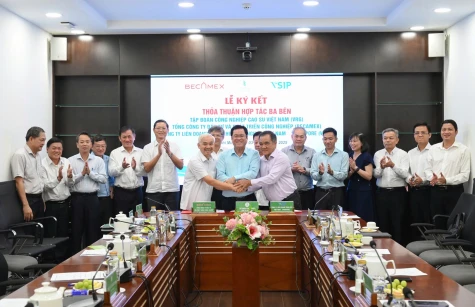













Comment (0)